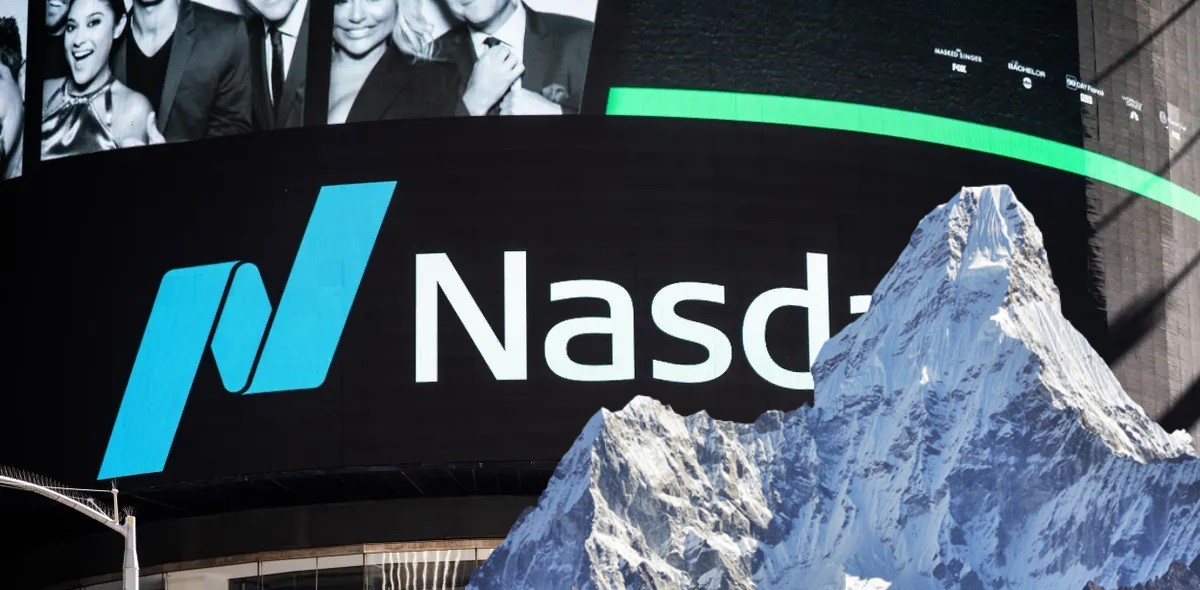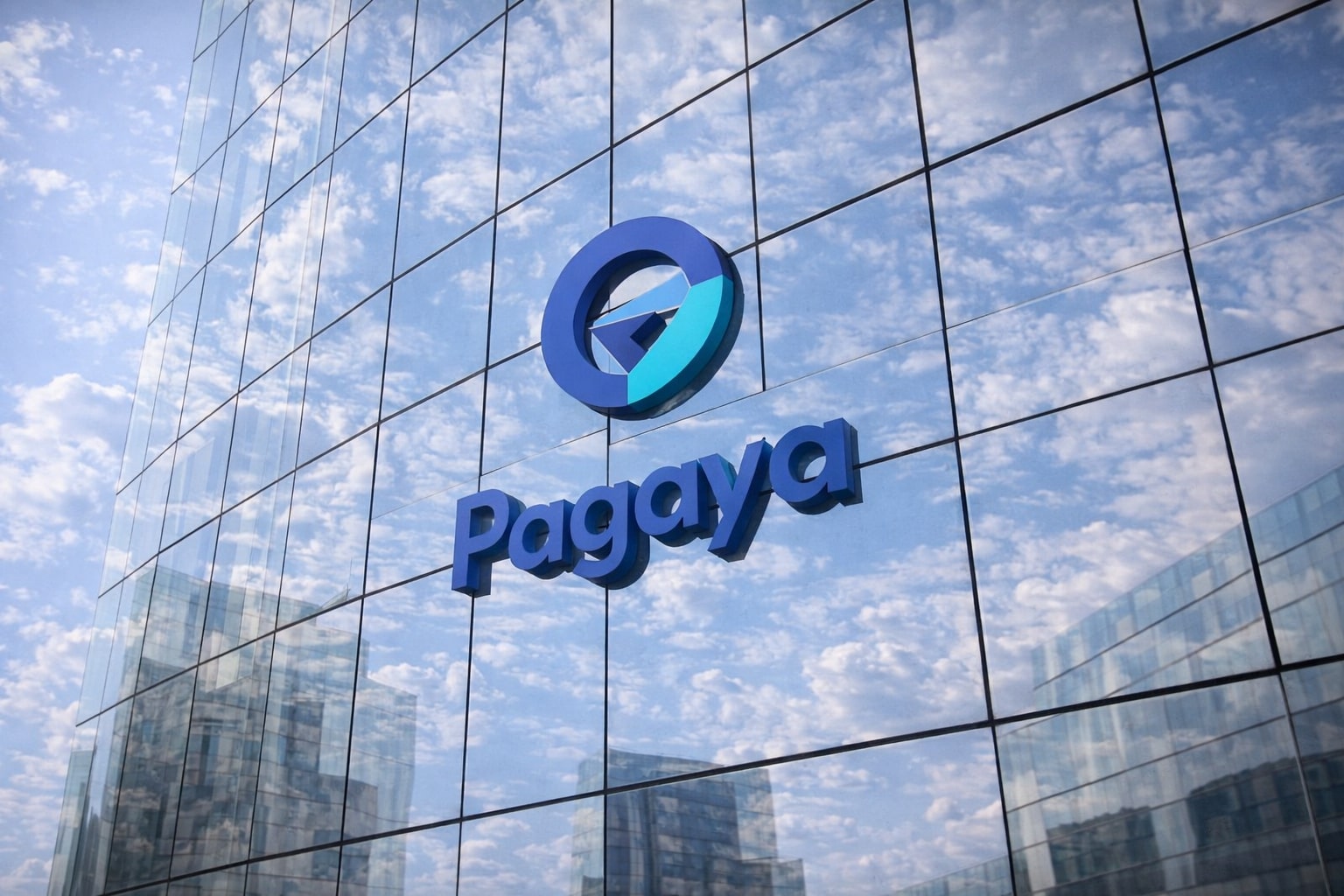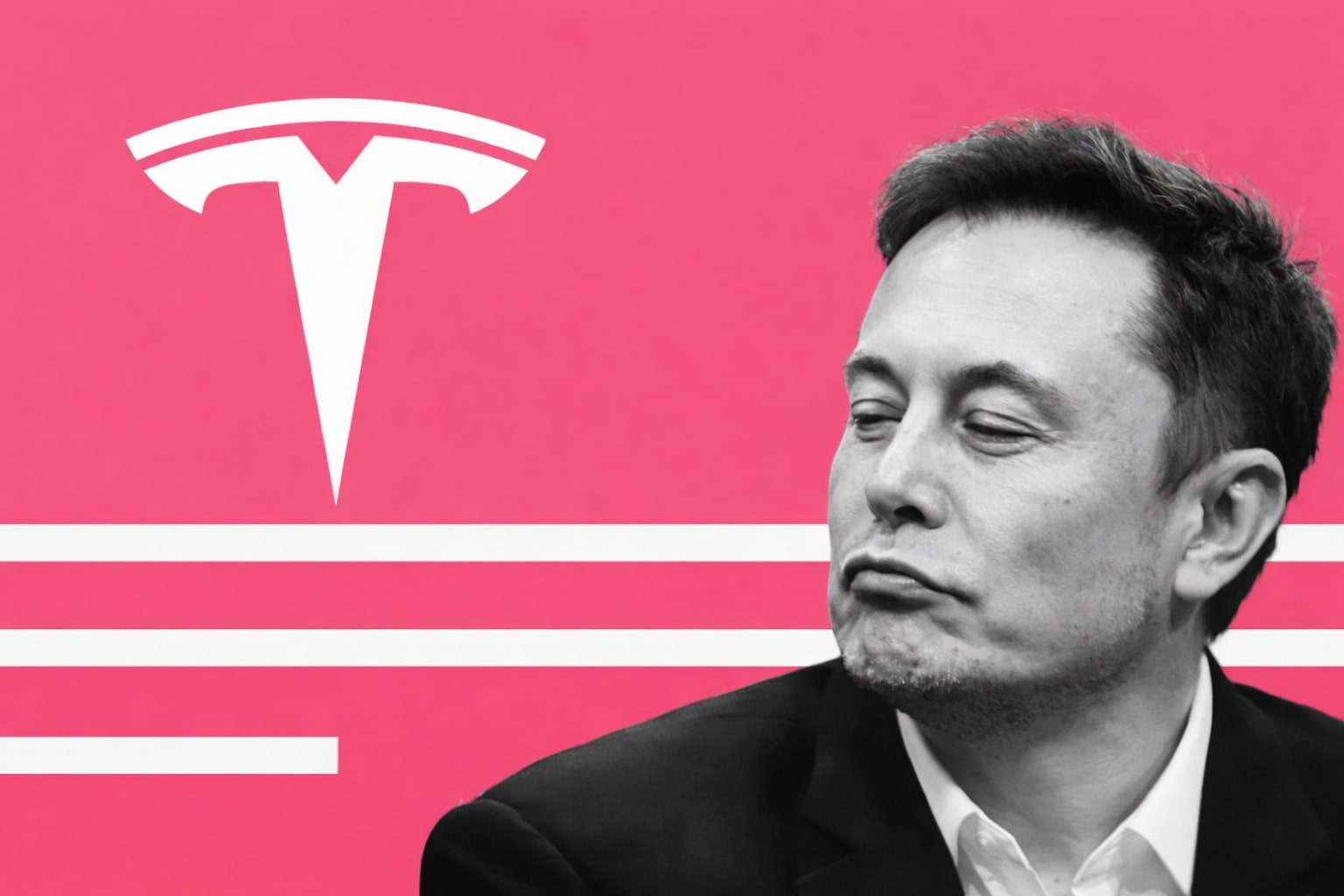
Invesco NASDAQ 100 ETF (QQQM): Large Cap Growth Market
Gain broad exposure to the robust Large Cap Growth segment with QQQM; a comprehensive look into its strategy, performance, risk considerations, and how it stacks up against similar ETFs | That's TradingNEWS
The Invesco NASDAQ 100 ETF (QQQM), an exchange-traded fund launched on October 13, 2020, has gained recognition as a solid strategy for gaining broad exposure to the Large Cap Growth segment of the US equity market. The fund, managed by Invesco, currently boasts over $14.14 billion in assets, rendering it one of the significant players in mirroring the performance of the Large Cap Growth market. Large cap growth stocks, which typically have a market capitalization exceeding $10 billion, are considered a safer bet due to their more predictable cash flows and reduced volatility when compared to mid and small cap stocks. However, they also carry higher valuations given their above-average sales and earnings growth rates. Investors should be mindful that while growth stocks are primed for superior performance in robust bull markets, value stocks have historically delivered better returns over the long-term across diverse market conditions. One notable aspect of the Invesco NASDAQ 100 ETF is its lower annual fee, only 15 basis points, compared to its counterpart, QQQ, despite tracking the same NASDAQ-100 Index. The fund holds 102 different securities and has managed to gather around $13.6 billion in its asset base. On an average, it trades about 953,000 shares daily. The lower expense ratio, along with the 12-month trailing dividend yield of 0.63%, helps investors enjoy better results in the long run. The fund heavily invests in the Information Technology sector, accounting for approximately 50.80% of the portfolio. Telecommunications and Consumer Discretionary sectors follow closely behind. The top three individual holdings in the fund include Microsoft Corp, Apple Inc, and Amazon.com Inc, comprising about 12.55%, respectively, of total assets. The top 10 holdings constitute about 55.16% of the total assets under management. The performance of QQQM so far has been quite stellar, with the ETF achieving a return of approximately 42.80% in the current year and about 33.49% in the past one year (as of 07/14/2023). Its trading range for the last 52-week period has been between $107 and $155.94. With a beta of 1.16 and a standard deviation of 24.46% for the trailing three-year period, the fund successfully diversifies company-specific risk across its 102 holdings. While the fund offers an impressive strategy for investors looking for exposure to the Large Cap Growth segment, there are other similar ETFs in the market. The Vanguard Growth ETF (VUG) and the Invesco QQQ, which both track a comparable index, are alternatives to consider. The Vanguard Growth ETF manages assets worth $94.63 billion and charges an expense ratio of 0.04%, while the Invesco QQQ oversees $209.29 billion in assets and has an expense ratio of 0.20%. The Invesco NASDAQ 100 ETF has also recently declared a quarterly distribution of $0.2166 as of June 21, 2023, further adding to its investment appeal. As per Ryan McCormack, Senior Factor & Core Equity Strategist ETFs & Indexed Strategies at Invesco, QQQM is more reflective of long-term investor sentiment towards the innovative companies included in the index. It offers a 25% reduction in expense ratio, compared to QQQ, which makes it more suitable for long-term investors. Notably, the Invesco NASDAQ 100 ETF (QQQM) is designed to mirror the performance of the NASDAQ-100 Index before fees and expenses. This index encompasses securities of 100 of the largest domestic and international nonfinancial companies listed on Nasdaq. With its focus on diversification and exposure to a wide range of sectors, QQQM offers a compelling choice for those looking to invest in the Large Cap Growth market segment. However, it's essential to be aware of an upcoming special rebalance of the Nasdaq-100 Index announced by Nasdaq. The fund's weighting rules limit the five largest companies to not exceed 40% of the portfolio. This rebalancing event, which is relatively rare for market-cap weighted indexes, aims to protect investors from undue concentration risks. While QQQ and QQQM are often considered technology ETFs, they also provide exposure to different sectors beyond technology. In 2023, due to the stellar performance of several mega-cap growth stocks like Microsoft, Apple, NVIDIA, and Amazon, which all held more than 5% of the fund's assets, Nasdaq felt compelled to adjust the fund's weightings. The new weights will be announced on July 14, and the special rebalance is slated for July 24. Overall, the Invesco NASDAQ 100 ETF (QQQM) provides a robust strategy for gaining exposure to the Large Cap Growth market. With its attractive fee structure, impressive performance, and diversified holdings, it offers investors an efficient vehicle for long-term investments. However, as with any investment,it's important to consider both the potential rewards and risks involved. Here are a few key considerations:
1. Market Risk: Market risk refers to the possibility of an investor experiencing losses due to factors that affect the overall performance of the financial markets. For example, during the financial crisis of 2008, many ETFs, including those focused on large-cap growth stocks, experienced substantial losses as the broader market declined. Investors in QQQM should be aware that broad economic factors, such as changes in economic growth, inflation, political instability, changes in monetary policy, or global events such as pandemics, can negatively affect the market and hence, the performance of the fund.
2. Concentration Risk: Concentration risk arises from having a large portion of your investment concentrated in a small number of assets or a single sector. The top three individual holdings in QQQM include Microsoft Corp, Apple Inc, and Amazon.com Inc, together comprising about 37.65% of total assets (each about 12.55%). The top 10 holdings constitute about 55.16% of the total assets under management. If one of these top companies were to perform poorly or experience a downturn, it could significantly impact the value of the ETF.
3. Sector Exposure: QQQM heavily invests in the Information Technology sector, accounting for approximately 50.80% of the portfolio. This heavy concentration in a single sector exposes the fund to sector-specific risks. For instance, companies in the technology sector are often subject to intense competition, regulatory challenges, rapid changes in technology, and an ongoing need for capital investment. A downturn in the technology sector could significantly impact the performance of the fund.
4. Expense Ratio: The ETF has a relatively low expense ratio of 0.15%, meaning the fund charges $0.15 annually for every $100 invested. While this is a competitive rate, other similar ETFs like the Vanguard Growth ETF (VUG) charge an even lower expense ratio of 0.04%. Expense ratios directly reduce the fund's returns to the investor. Over a long investment horizon, even small differences in fees can have a significant impact on your investment returns.
5. Dividend Yield: Looking at the past payouts, it's evident that QQQM has had a consistently quarterly dividend payout, which has gradually increased from $0.39 in March 2021 to $0.50 in June 2023. However, the current dividend yield of the fund is 0.63%. While this represents a decent return for growth-focused investors, it might be less appealing to income-focused investors who typically seek higher yielding investments. It's important to note that companies focused on growth often reinvest profits back into the business instead of paying dividends. Consequently, growth ETFs like QQQM usually have lower yields compared to income or value-focused funds.
6. Liquidity Risk: QQQM trades an average of 953,000 shares daily, indicating good liquidity under normal market conditions. However, in periods of market stress or unusual volatility, such as during the global financial crisis in 2008 or the Covid-19 pandemic in 2020, liquidity can dry up. This situation can lead to wider bid-ask spreads, which means investors might not be able to buy or sell shares at their desired prices. Furthermore, low liquidity can also result in higher transaction costs and potential price impacts, particularly for larger trades.
Investing in the Invesco NASDAQ 100 ETF (QQQM) provides a broad exposure to the Large Cap Growth market but, like any investment, carries its set of risks. It's crucial to thoroughly understand these risks and align them with your investment objectives and risk tolerance before committing your capital.
That's TradingNEWS
Read More
-
Pagaya Stock Price Forecast - PGY at $23.20: Is PGY Stock the Cheapest AI Fintech of 2026?
19.12.2025 · TradingNEWS ArchiveStocks
-
XRP Price Forecast: XRP-USD Stuck at $1.87 With $3 2026 Target and $10–$25 Long-Term Range
19.12.2025 · TradingNEWS ArchiveCrypto
-
Oil Price Forecast: WTI Near $56 and Brent at $60 Signal Risk Toward $50
19.12.2025 · TradingNEWS ArchiveCommodities
-
Stock Market Today: AI Chip Rally Lifts Nasdaq as $7.1T Quad Witching Hits
19.12.2025 · TradingNEWS ArchiveMarkets
-
GBP/USD Price Forecast - Pound at 1.34 As BoE Cut And Soft Dollar Keep Bullish Path Toward 1.35
19.12.2025 · TradingNEWS ArchiveForex


















